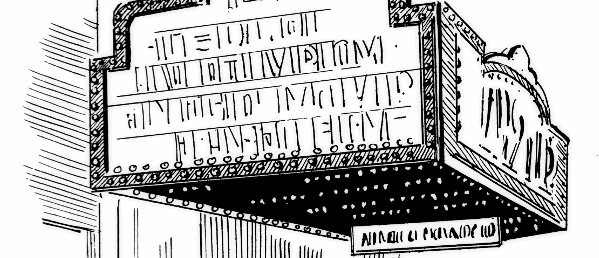Are you using cows?
(photo by lisavan)
The unexpected is amusing, delightful and memorable. Being direct assumes your listener cares about your marketing message. They don’t. Your listener cares about his or her needs, wants and desires. Attract their attention by doing the unexpected.
To engage your podcast listener and create a relationship, you need to be memorable. In order to be memorable, you must be unique. Be distinct, unusual, and unexpected. If you sound like every other show, you will not stand out and get noticed.
Chick-fil-a could have easily become another fast food restaurant lost in the sea of mediocrity. Founder Truett Cathy wouldn’t let that happen. The company pays great attention to the details and does the unexpected at every turn.
The Chick-fil-a mission statement is “Be America’s Best Quick-Service Restaurant.” Sure, every fast food joint wants to be the best. Few are willing to put in the work.
One Saturday, we were on a road trip. We were passing through Des Moines, IA at 8:45p as we pulled into the mall to grab a quick bite. We discovered the mall would be closing at 9p. As you can imagine, most restaurants in the food court were cleaning up. We were one of two parties there to eat.
We stepped up to the Chick-fil-a counter and apologized for cutting it so close and causing them extra work. The gentleman behind the counter assured us it was no trouble at all. We received our (fresh) food quickly and grabbed a table in the middle of the food court.
About five minutes later, the same Chick-fil-a employee (a teenager) came to our food court table to make sure everything was alright. This was a mall food court. Few fast food restaurants ever check on you in their own establishment, let alone a mall. You especially do not receive this sort of attention 10 minutes before closing.
That wonderful and surprising level of service is the norm at Chick-fil-a. They always take the extra step to surprise and stand out. The unexpected effort is carried through to the careers they offer, the scholarships they provide to their employees and the process of accepting partners and franchisees.
The company uses cows in their commercials to promote chicken sandwiches. The Chick-fil-a website even has a special section devoted to the cows. When a cow parachutes into a football game promoting chicken sandwiches on a commercial, it us unexpected. Chick-fil-a is memorable.
If you can create unique, memorable experiences for your listener by incorporating the unexpected, you begin to create powerful, meaningful relationships.
I’d love to help you with your podcast. Post any questions or comments you might have, or e-mail me at Erik@PodcastTalentCoach.com. Let’s turn your information into engaging entertainment.
Are you using cows?
































